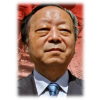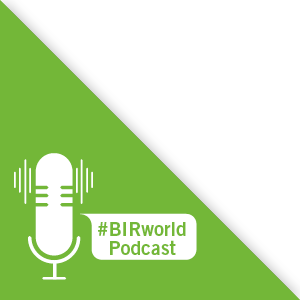China’s 13th Five-Year Plan brought remarkable developments for the country’s non-ferrous metals industry. In the period from 2016 to 2020, domestic output of recycled non-ferrous metals totalled 69 million tons (of which copper amounted to 16 million tons, aluminium 35 million tons, lead 10 million tons and zinc 8 million tons), thus accounting for 24% of China’s total output of non-ferrous metals. The target of recycled copper, recycled aluminium and recycled lead accounting for, respectively, 27%, 20% and 45% of each metal’s total supply was achieved on schedule in 2020.
During the period of China’s 13th Five-Year Plan, the country’s non-ferrous raw material structure underwent profound changes, shifting from an import-oriented to a domestic-oriented model. Over the five years, around 56 million tons of domestic raw materials (metal content) was utilized, and imported raw materials (physical volume) were close to 20 million tons. Domestic copper and aluminium scrap accounted for, respectively, more than 66% and 81% of the total supply of the related recycled raw materials.
China’s non-ferrous recycling industry is expected to maintain a steady growth rate during the 14th Five-Year Plan running from 2021 to 2025. According to preliminary estimates, China’s recycled non-ferrous metals output will reach 20 million tons in 2025, of which 4 million tons will be copper, 11.5 million tons aluminium, 3 million tons lead and 1.5 million tons zinc.
As regards the development of China’s non-ferrous metals recycling industry during this latest Five-Year Plan, primary objectives include improving the guarantee of raw materials, speeding up the formulation of relevant policies, standardizing the domestic recycling system and enhancing recycling efficiency. Secondly, the aim will be to further accelerate industrial upgrading, improve the overall operational quality of the industry, increase investment in research/development of non-ferrous metals recycling technology and focus on research/development of treatment technologies relating to, for example, aluminium ash and copper slag. The third goal is to form a positive interaction with domestic industrial transformation and upgrading operations, as well as to continue to strengthen co-operation with foreign countries, enterprises and international industry associations.


